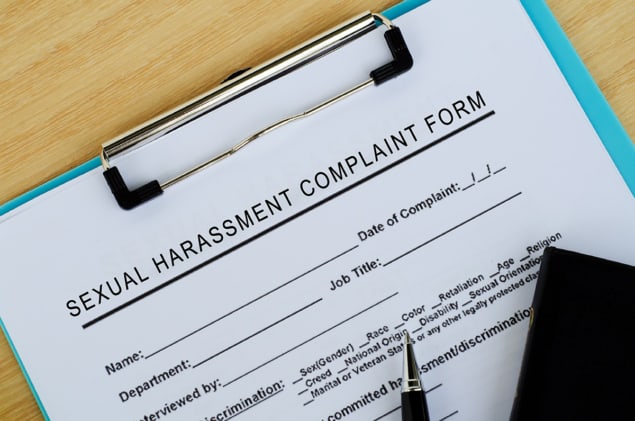
Current efforts to tackle sexual harassment in the sciences at US universities are failing and need urgent reform. That is the stark conclusion of a new report from the US National Academies of Sciences, Engineering and Medicine, released yesterday. The report finds that most targets of sexual harassment are women and it calls for a dramatic change in culture and awareness so that they can have fulfilling scientific careers in a safe environment.
The report — Sexual Harassment of Women: Climate, Culture and Consequences in Academic Sciences, Engineering and Medicine — defines three dominant forms of harassment. These are sexual attention, such as undesired verbal and physical sexual advances; sexual coercion, for example when favorable professional or educational treatment is conditioned on sexual activity; and gender harassment such as being subject to sexist remarks, put downs, and a degrading atmosphere.
This is all about moving away from a culture of compliance – a culture of complying with the bare minimum that the laws require — and instead moving toward a culture of change and a culture of respect
Lilia Cortina
Noting that sexual-harassment training has not been shown to change behaviour, the report makes several recommendations for addressing the issue in the sciences. These include making findings of sexual harassment more transparent as well as classifying it on a par with professional misconduct such as plagiarism. As a university’s legal advice would be to prioritize protecting the university when sexual misconduct has been raised, the report calls for universities to move beyond a strictly legalistic response to sexual harassment. ETH Zürich opens investigation into misconduct allegations
“The legal system alone is not an adequate mechanism for reducing or preventing sexual harassment,” says Lilia Cortina, a University of Michigan psychologist who co-wrote the report. “This is all about moving away from a culture of compliance – a culture of complying with the bare minimum that the laws require – and instead moving toward a culture of change and a culture of respect.”
Serious consequences
The report notes that the impact of sexual misconduct can be serious and include the victims experiencing depression and diminished academic performance. This can lead to them being criticized by colleagues who are unaware of, or indifferent to, the incident of sexual harassment. Cortina told Physics World that gender harassment is the most common form of misconduct that women face in the academic sciences. “More often than not sexual harassment is a put down, not a come on,” says Cortina, who has studied sexual harassment for over two decades.

US National Science Foundation clamps down on misconduct
The report highlights two university studies of sexual misconduct. The University of Texas System conducted a survey of its graduate and undergraduate students last year finding that 20% of women said they were harassed during their university science education. The other – carried out by the Pennsylvania State University System — found that 30% of women said they were harassed during undergraduate years and 40% during graduate studies. According to these surveys, the highest rate of harassment in the sciences is in medicine, with the Pennsylvania State survey noting that half of women have been harassed.
According to the report sexual harassment is more prevalent in areas dominated and led by men as well as when research is done at geographically isolated sites such as at observatories.



